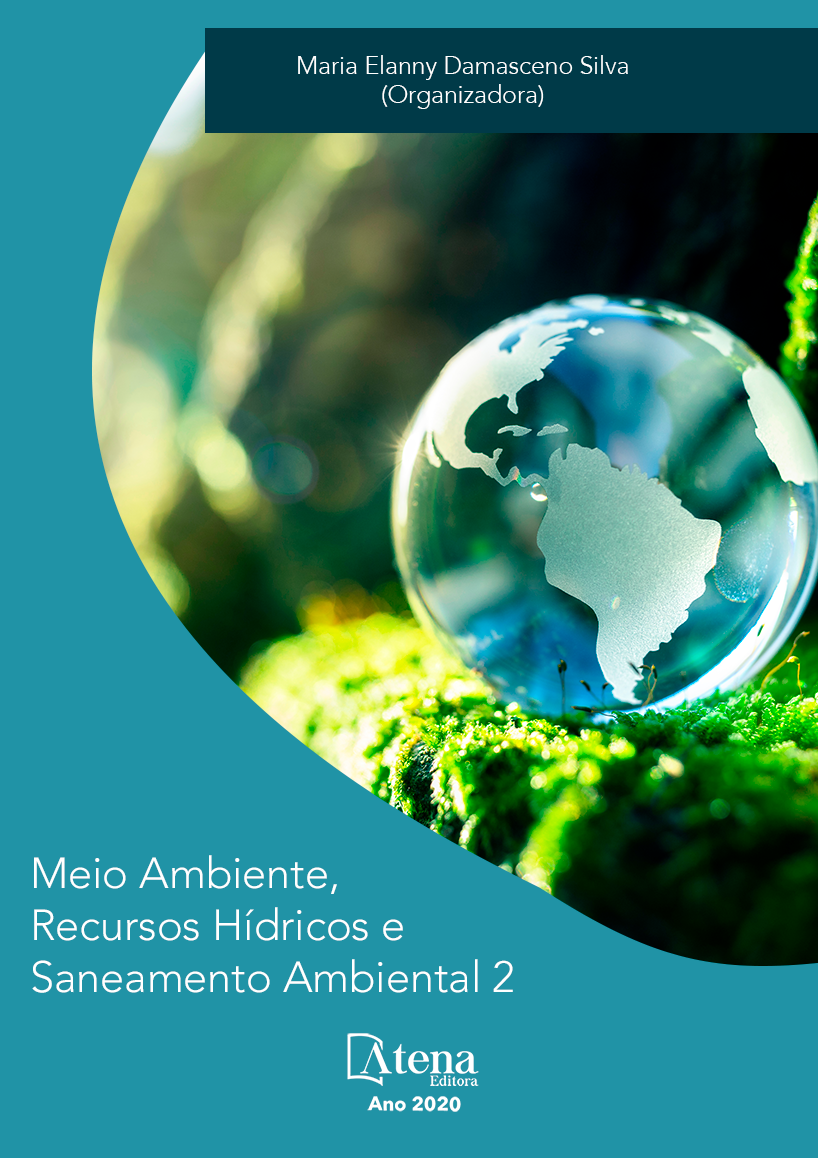
AVALIAÇÃO DA INFLUÊNCIA DO COEFICIENTE DE DESOXIGENAÇÃO NO MODELO DE AUTODEPURAÇÃO UTILIZANDO EFLUENTES DE LATICÍNIO
As limitações de estudos mais aprofundados e específicos acerca dos efluentes industriais levam cada vez mais os profissionais a utilizarem de parâmetros que destoam da realidade, pelo fato de adotarem coeficientes tabelados que nem sempre refletem a real característica de tais efluentes. O presente trabalho teve por objetivo principal determinar o coeficiente de desoxigenação (K1) no corpo receptor que recebe efluentes de uma indústria láctea situada no interior de Goiás. Também foi realizado o estudo de autodepuração utilizando o método de Streeter-Phelps, onde foi possível analisar as diferenças entre o coeficiente teórico e experimental. O Coeficiente de desoxigenação teórico foi adotado pela literatura de Von Sperling para esgoto tratado secundário, variando entre 0,12 d-1 (mínimo), 0,18 d-1 (médio) e 0,24 d-1 (máximo), sendo que esses valores foram corrigidos em função da temperatura do efluente resultando em K126°C = 0,16 d-1, 0,24 d-1 e 0,32 d-1, respectivamente. Já o coeficiente experimental foi determinado pelo Método de Thomas. O resultado encontrado do coeficiente K1 corrigido em função da temperatura resultou em K126°C = 0,46 d-1. Com o estudo de modelagem da autodepuração, foi possível verificar que o efluente industrial teve maior impacto no corpo receptor, o K126°C experimental apresentou valores menores de concentração crítica de oxigênio dissolvido e consequentemente após a zona de decomposição ativa houve uma gradual melhora na recuperação do oxigênio dissolvido utilizando o K126°C experimental, isso levou a recuperação das características iniciais da zona de águas limpas em uma distância menor em comparação com os K126°C teóricos.
AVALIAÇÃO DA INFLUÊNCIA DO COEFICIENTE DE DESOXIGENAÇÃO NO MODELO DE AUTODEPURAÇÃO UTILIZANDO EFLUENTES DE LATICÍNIO
-
DOI: 10.22533/at.ed.19720240713
-
Palavras-chave: coeficiente de desoxigenação, DBO, Streeter-Phelps, autodepuração, corpo receptor.
-
Keywords: Deoxygenation coefficient, BOD, Streeter-Phelps, Self-depuration, Water body.
-
Abstract:
The limitations of in-depth specific studies about industrial discharges have led more and more professionals to make use of parameters that clash with reality, due to the adoption of tabulated coefficients which do not always correspond to the real characteristics of the aforementioned effluents. This study aims above all to determine the deoxygenation coefficient of the water body that receives the discharges of a dairy plant in the interior of the state of Goiás. A self-depuration study was also conducted along the lines of the Streeter-Phelps method, thanks to which it was possible to analyze the differences between the theoretical and experimental coefficients. The theoretical deoxygenation coefficient used was that found in the literature of Von Sperling for secondary treatment wastewater, varying between 0,12 d-1 (minimum), 0,18 d-1 (medium) and 0,24 d-1 (maximum), in which each of these values was corrected on the basis of the temperature of the effluent, resulting in K126°C = 0,16 d-1, 0,24 d-1 e 0,32 d-1, respectively. As for the experimental coefficient, it was determined using the Thomas method. The figure found for coefficient K1 corrected on the basis of the temperature resulted in K126°C = 0,46 d-1. Thanks to the self-depuration data modeling, it was possible to establish that the industrial discharge had the major impact on the receiving water body, the experimental K126°C showed a smaller amount of critical concentration of dissolved oxygen and consequently, after the active decomposition zone, there was a gradual improvement in the levels of the dissolved oxygen by means of the experimental K126°C, which in turn led to the restoration of the initial characteristics of the clean waters zone in an area smaller when compared with the theoretical K126°C.
-
Número de páginas: 17
- Francisco Javier Cuba Teran
- Priscila Gracielle dos Santos Aguiar
- Duwylho Moraes Guedes


